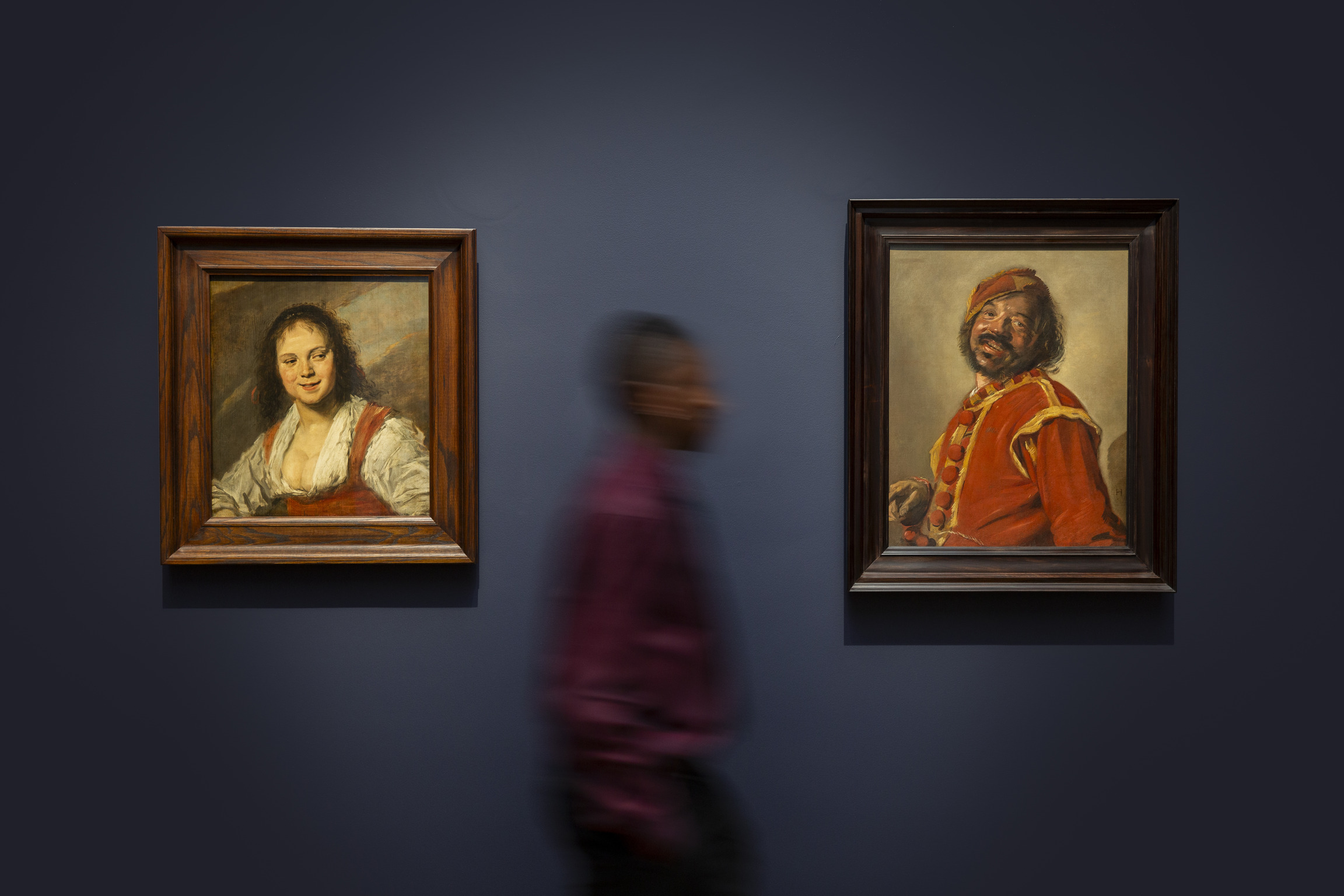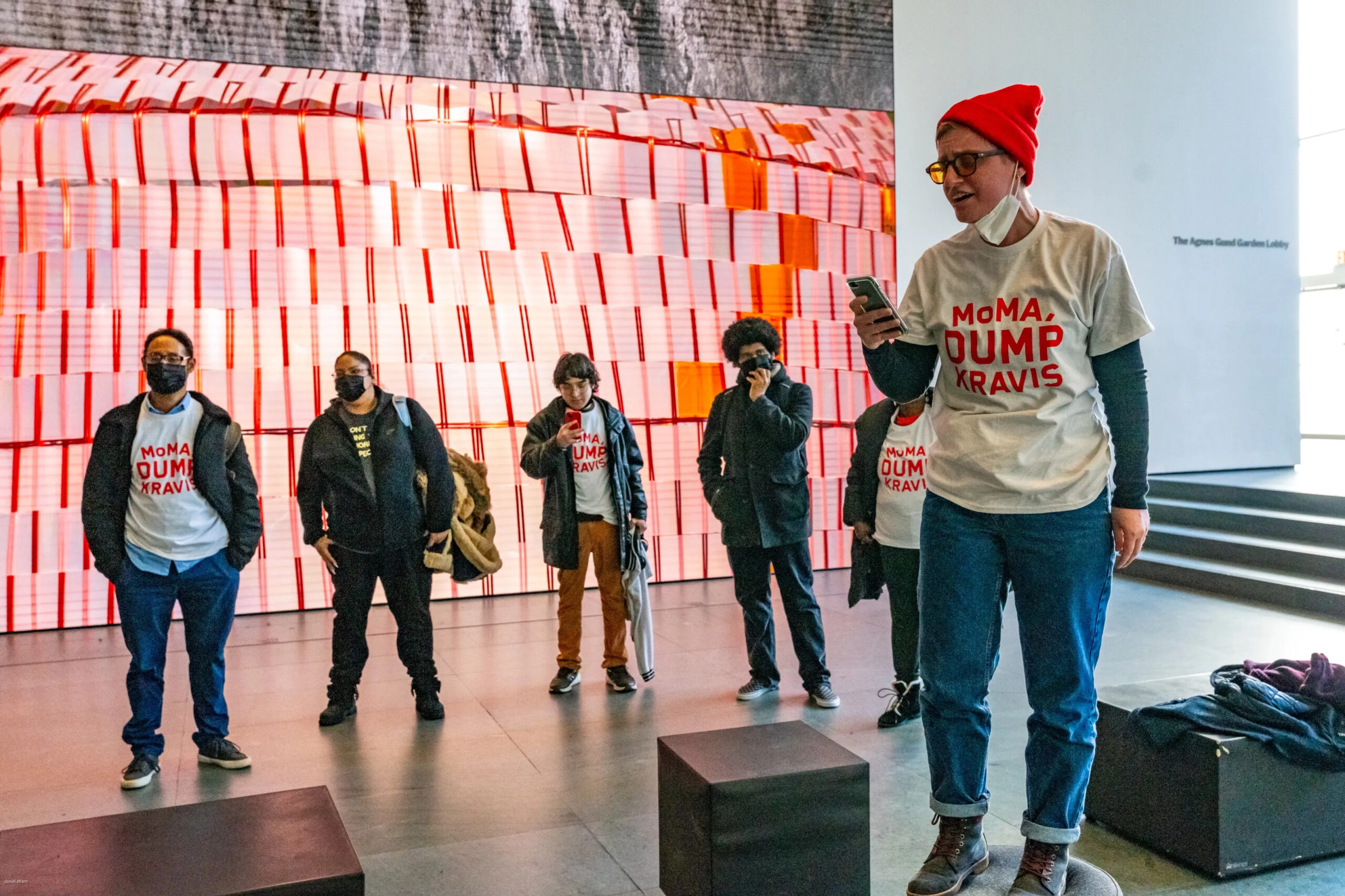A major exhibition at Amsterdam’s Rijksmuseum pays tribute to the Dutch master’s groundbreaking work, showcasing 48 of his paintings.
Co-curator Friso Lammertse highlighted Hals’ departure from convention, noting the rarity of smiles and laughter in 17th-century portraiture. “He was not a sober painter,” Lammertse remarked, emphasizing Hals’ penchant for capturing the liveliness of his subjects.
While Hals was known to enjoy a drink, Lammertse stressed that his artistic style was not merely a product of his lifestyle. Instead, Hals drew inspiration from Flemish masters like Rubens and Van Dyck, incorporating loose brushstrokes to convey movement and emotion in his paintings.
One of Hals’ most famous works, “The Laughing Cavalier,” exemplifies his knack for infusing humor into his art. This iconic painting, on loan from the Wallace Collection in London for the first time since 1870, is a centerpiece of the exhibition, showcasing the cavalier’s infectious smile and jaunty demeanor.
Taco Dibbits, General Director of the Rijksmuseum, reflected on the distinct styles of Dutch masters like Rembrandt and Vermeer, contrasting their focus on emotion and stillness with Hals’ celebration of movement and joy. “Nearly everybody laughs at Frans Hals’ pictures,” Dibbits remarked, noting the infectious energy of Hals’ brushstrokes.
The exhibition, which opened on Feb. 16, invites visitors to experience the exuberance of Hals’ artistry firsthand. Following its run at the Rijksmuseum until June 9, the show will travel to the Gemäldegalerie in Berlin from July 12 to Nov. 3, ensuring that Hals’ legacy continues to inspire audiences around the world.







